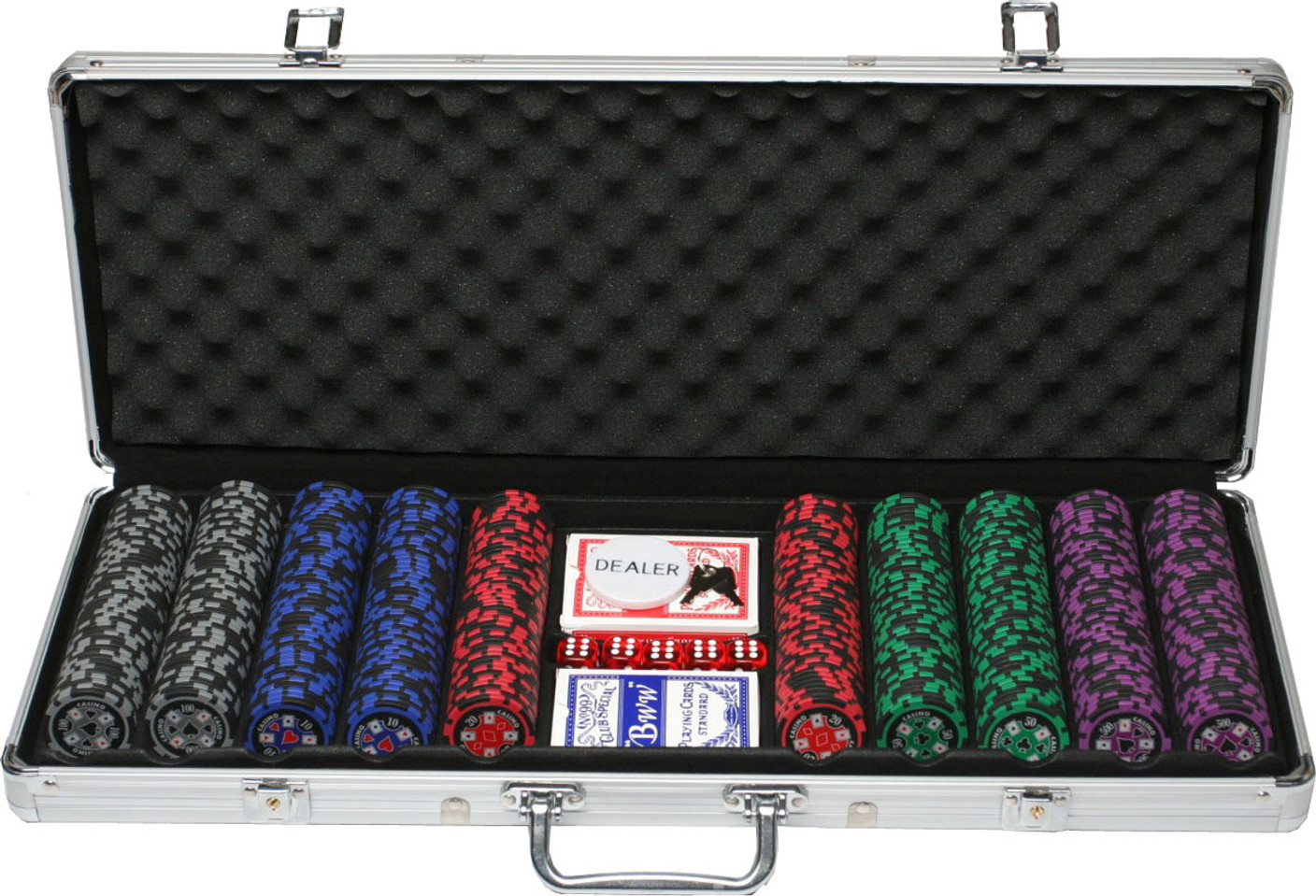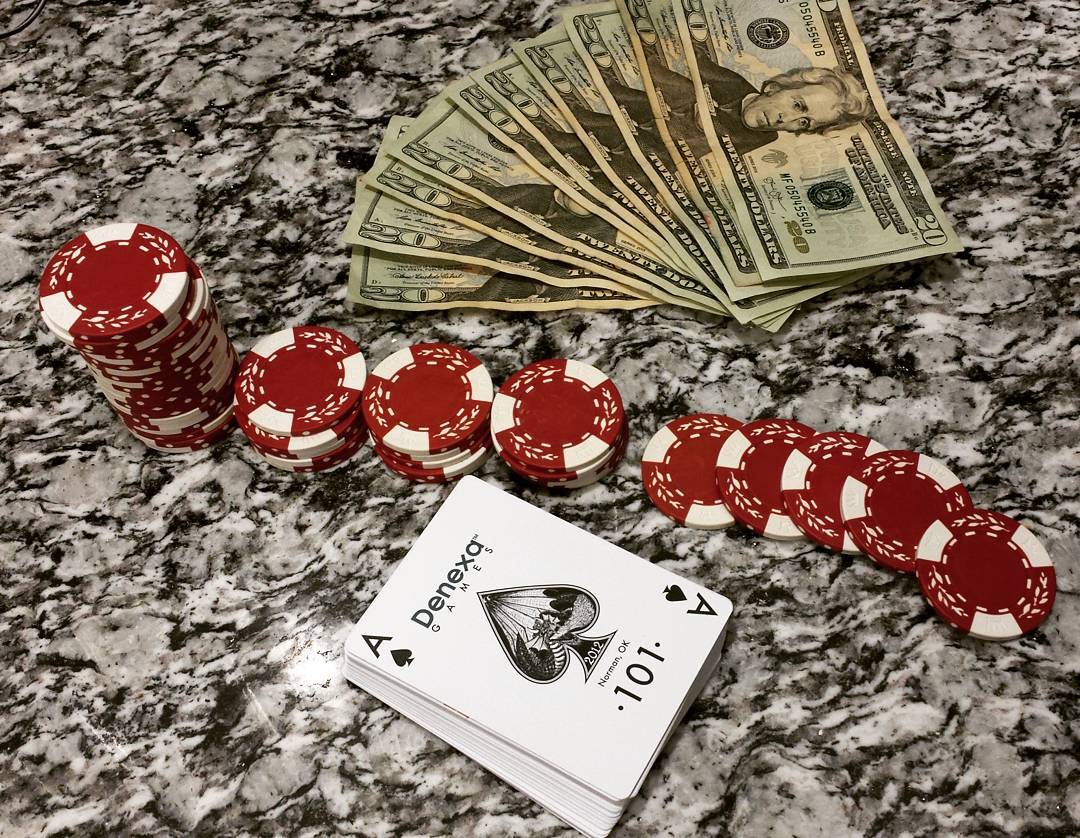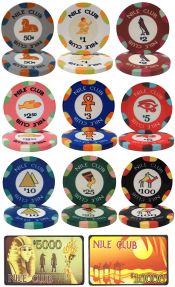Poker Tournament Chip Denominations
- Poker Tournament Chip Denominations Cheat
- Poker Tournament Chip Denominations List
- Poker Tournament Chip Denominations 2019
- Poker Tournament Chip Denominations Game
- Poker Tournament Chip Denominations Tournament
Posted on 2019-02-22 Comments (0)
- Poker Tournament Chip Distribution. In a typical tournament, players get a particular number of certain-valued poker chips. That chip stack usually includes a few larger values, some of a medium denomination, and several lower values for the early stages when blinds and antes are low.
- Players in 2019’s Big 50 started with 50,000 chips of varying colours and values. Blinds started at 100/200 and a 200 big blind ante. This setup gave players a starting stack of 250 big blinds. The special 50th Annual High Roller event offered players a 300,000-chip starting stack.
- Green chip: 25 units or $25. Black chip: 100 units or $100. It is suggested to play with three or four basic chips if there are up to 10 players in the game. For more number of players, you can.
- White is $1, red is $5, blue is $10, green is $25. This will cover you for games up to $2/$5 blinds. If you want to play higher stakes, say $5/$10 or $10/$20, you will need black and possibly purple chips. Or, you can just convert the white chips to $100 and red to $500 if your set does not contain black and purple.
Look at most relevant Current Chip Denominations apps. Current Chip Denominations found at Pokernut Tournament Timer, Craps Lite etc. Check the best results!
After you’ve chosen the poker tournament structure you want to run, the next step is to select the buy-in. You’ll also want to decide how many chips, and in what denominations, to issue to starting players. Both of these will dictate how many chips you need to have on hand for the tournament. Handling the buy-in process itself can also be a source of stress for new tournament directors.
Fortunately, addressing these concerns is fairly straightforward. A little thought and planning here greatly increases the chances of your tournament being a success.
How much is the buy-in?

The most important question to your players is probably how much the initial buy-in will cost them. Some players are happy to potentially lose a lot of money to participate in the excitement of a big tournament. Others would be just fine buying in for $0 and playing for bragging rights. Set the buy-in too high, and some players won’t be able to afford to join in. Set it too low, and some players might feel that the several hours the tournament will take won’t be worth their time.
The simplest thing to do is to ask the people you want to invite how much they’d like to spend. If you can find a sweet spot that attracts the most players to your tournament, you’re golden. Otherwise, you may need to split your guest list into two, and run a separate tournament later for the folks that aren’t interested in the first one.
Poker Tournament Chip Denominations Cheat
Starting stack sizes
One of the things that dictates the length of your tournament is the proportion between the starting stack size and the blinds level. The larger the blinds are in proportion to the starting stack, the faster players will bust out of the tournament.


Poker Tournament Chip Denominations List

Tournament starting stack sizes are often expressed with a “T” followed by the amount of chips given at the beginning. This “T” (for “tournament”) represents a fictitious currency that the chips are denominated in, which has no relation to the real-life currency the buy-ins and payouts take place in. Thus, a T100 tournament issues 100 units worth of chips to its starting players, and a T1,000 tournament issues ten times as much. Both of these tournaments could have a $5 buy-in, or $25, or whatever the tournament director decides.
Again, starting stack sizes’ relation to the blind levels dictate the length of the tournament. A T100 tournament should theoretically play exactly the same as a T1,000 tournament with blinds set at ten times those of the T100 tournament. Of course, some players may be susceptible to a psychological difference—a T1,000 tournament might feel like a “bigger deal”, and a T5,000 or T10,000 tourney might feel even bigger than that! Larger starting stack sizes can also give you more flexibility in customizing your blind sizes. The one drawback to a bigger starting stack is that you may need more chips to cover all of your players.
Starting stack chip breakdowns
Naturally, the most important thing to keep in mind when determining your starting chip stack is that the denominations issued are compatible with the blinds schedule. If the first round of blinds is T20-T40, and the smallest chip you issue is a T25, your tournament is not off to a great start.
A good starting point in coming up with a starting stack is to follow the ratio 1:2:3:4, where for every chip you have of the highest denomination, there is two of the next-highest denomination, and so on. Using more than three or four chip colors is generally not very effective; it is more expensive, and you’ll need to do more chip color-ups throughout the tournament.
Just like the tournament size, there’s a psychological aspect to choosing a chip breakdown. You could theoretically run a T1,000 tournament by simply giving everyone 40 T25 chips. But 40 chips may not feel like very much to some players, leading them to play much more tightly than they otherwise would, lengthening the tournament. Instead, you can use some T5 chips to give each player a hoard of chips to start with. If you start each player with 28 × T25 and 60 × T5, for instance, they now start with 88 chips. Despite both adding up to T1000, the second stack starts them with more than double what they would have with just T25 chips.
Buying chips
With the starting stack sizes decided, it’s simple to determine how many chips you need. Just multiply the number of chips of each denomination in each stack by how many players you expect to have. It’s probably a good idea to have enough extra chips for a few extra players. That way, you’ll be covered if something unforeseen happens and you need them.
If you plan to allow rebuys, be sure to account for those in your inventory as well. It’s generally fine to simply issue a few large-denomination chips (like ten T100 chips or two T500 chips for a T1000 rebuy). When a player has to rebuy, all of their low-denomination chips have ended up with the other players. A rebuying player can simply break their large chips down by making change from those players or the pot. This keeps a rebuy from flooding the table with low-value chips.
Now that you know how many chips to buy, it’s time to actually get your hands on some. It’s a good idea to choose chips of a unique style from an online vendor. If you go with one of the sets of chips readily available at your local big-box store, like the ubiquitous dice chips, you run the risk of one of your players owning the same chip set. Unscrupulous players may notice this and sneak in chips from home to give themselves an advantage. If you plan to host regular poker tournaments, it may be worthwhile to invest in a customized chip set. You can have the chips printed with a unique logo or text inlay. This can be expensive—expect to pay $1 or more per chip. However, it neutralizes any threat of foreign chips, and lends a much more professional image to your game.
Poker Tournament Chip Denominations 2019
Chip colors
Poker Tournament Chip Denominations Game
What chip colors should you choose? The standard ones, of course! Any players that have participated in a casino poker game will instantly understand your chip values. That way, those players can be the ones to explain the chips to the newbies. That saves you from having to run from table to table to remind everyone, no, the purple chips are actually T20 in this tournament… Besides, if any of your new players later go on to play in casino poker games, they’ll appreciate not having to learn new chip colors.
Chip colors are not as standardized above the 500 level. You may need to improvise a bit if you need chips valued that high. Chips valued 1,000 are often orange and 5,000 chips are often grey. You may also be able to get away with repurposing yellow and white chips for higher values if necessary; there’s not much call for a T½ or T1 chip in a T10,000 tournament.

Blue chips have no standard value, but are often readily available. They are often seen as $1, $2, or $10 chips in casinos. You can use them for any of these values, or for higher denominations.
Security concerns
Nothing will ruin a poker tournament more than, when it’s time to pay the winners out, having nothing to pay them with because it’s been stolen. It’s also important to remember that chips represent a monetary value, just like cash does. So be sure to treat them like cash. A busy tournament director is going to be running from table to table, settling rules disputes, settling seating arrangements, managing color-ups, ensuring the blinds schedule is being followed, and more. You simply aren’t going to be able to devote your attention to keeping an eye on the prize pool and extra chips. Both cash and chips need to be secured at all times.
Before players arrive, set up some kind of way to secure your cash and chips. A simple option is to use a basic cash box. For your chips, you may need something like a locking briefcase or a larger lockbox. If you use a birdcage-style chip carrier, it can be secured by placing a large-hasp padlock onto the handle, so the cover can’t be removed. If possible, the best option is to place cash and chips into a safe or locking drawer in a large piece of furniture like a dresser or desk. After all, while someone could theoretically slip your cash box out of the room for later enjoyment, it’s a lot more obvious if someone tries to steal a chest of drawers.
Collecting the buy-ins
There are a couple of preparations to make before the day of the tournament arrives in order to ensure the buy-in process goes smoothly. You will greatly speed things up the day of the tournament if you’ve already portioned your chips into pre-made starting stacks. Putting each starting stack into a rack looks quite professional. You can hand the whole rack to the player as they pay for the buy-in. However, depending on the size of the tournament, it may get expensive to have enough chip racks on hand. Fortunately, there’s a number of alternatives; you can use plastic zipper bags, Tupperware-style bowls, or small boxes. Another interesting option is to put the chips in foam can koozies. Not only does this keep the chips contained, it gives the player something to keep their drink cold with.
Before the tournament, be sure to go to the bank and get change. Some players may arrive at the tournament having just hit the ATM and needing change back from their buy-in. You will also probably be dividing the prize pool between a number of players, so be prepared for the possibility of having to pay out odd amounts. Of course, whatever change you don’t use can be brought back to the bank afterward, so don’t skimp out.
Everything’s set up and the players are starting to arrive. What now? Have each player come up one by one to a cashier station set up in a convenient location. As they give you their buy-in cash, return any change necessary. Before you give them their chips, splash them out and have the player agree that the correct amount is there. This will eliminate any accusations of shortages later. (Having a chip count board as part of your cashier station makes this process smoother.) Send the player to their designated seat and you’re good to go!
Poker Tournament Chip Denominations Tournament
Posted in Hosting Tips Tags: card games, hosting tips, poker, poker tournaments